
Posted by Rob Whalley
Why IT Call Management Systems Are Not a Good Fit for Facilities and Estates Maintenance
While IT call management systems are effective for handling digital helpdesk requests, they are fundamentally unsuited to the complex, compliance-driven, and operationally diverse world of facilities and estates management. Designed around ticketing workflows for resolving IT incidents—such as software bugs or hardware failures—these systems lack the functionality, flexibility, and scalability required for managing physical infrastructure, regulatory obligations, and mobile workforces across multi-site estates.
Below, we outline the core limitations of IT call management systems in a facilities and estates context:
1. Lack of Asset and Location Context
Facilities management revolves around physical infrastructure—assets, plant, equipment, and buildings—each with specific maintenance needs, locations, and compliance requirements. CAFM systems are purpose-built to link jobs and maintenance activity to physical locations and assets, enabling comprehensive oversight. IT helpdesk systems typically cannot store this level of contextual information.
2. Inadequate Support for Planned and Reactive Maintenance
While IT systems focus on resolving issues reactively, estates teams must also deliver cyclical, planned preventative maintenance (PPM) regimes. This includes statutory checks, safety inspections, and warranty-based servicing—often scheduled months or years in advance. CAFM platforms manage both planned and unplanned tasks in one system, ensuring continuity and compliance. IT systems offer limited or no support for PPM.
3. Poor Integration with Compliance and Regulatory Requirements
Facilities operations are subject to numerous regulatory frameworks—such as SFG20 for maintenance standards, FGAS regulations, fire safety compliance, and health & safety legislation. CAFM systems are built to ensure full compliance, with audit trails, task evidence capture, and automated reminders. IT platforms simply do not offer the depth or structure needed for regulatory assurance.
4. Mobile Workforce Limitations
Facilities teams work across large, distributed estates, requiring real-time access to job information, asset histories, and checklists from mobile devices. CAFM systems are designed with mobile-first interfaces and offline capabilities, allowing engineers to operate effectively in the field. IT systems are typically desktop-centric and unsuitable for frontline engineering work.
5. No Contractor or Supply Chain Management
Facilities operations often rely on external contractors for reactive work, statutory checks, or specialist services. CAFM platforms support contractor management, including vetting, document tracking, auto-issuing jobs and routes to update tasks, capturing completion evidence, and reconciling invoices. IT systems do not support this supply chain integration.
6. Limited Scalability into Estates-Wide Operations
Modern estates strategies extend well beyond maintenance. CAFM systems provide a scalable platform for:
- Health & Safety management – including incident reporting, audits, and compliance checklists.
- Room and space booking – enabling department-level scheduling of rooms, desks, or meeting areas.
- Visitor management – including check-in/out systems, badges, and emergency roll-call integration.
These capabilities are essential for centralised estates operations and cannot be accommodated in standard IT helpdesk tools.
7. No Support for Geolocation and Mapping
Facilities management often spans multiple locations and buildings. CAFM platforms provide estate-wide mapping, floor plan integration, and GPS-based task allocation—crucial for large-scale operations. IT systems have no spatial awareness, limiting oversight and job routing efficiency.
8. Inflexible Workflow Customisation
Facilities processes can be complex and safety-critical—e.g., permit to work systems, multi-stage inspections, or escalation paths for critical assets. CAFM platforms allow custom workflows tailored to operational policies. IT helpdesks are built around linear ticket resolution and cannot accommodate estates-specific flows.
9. Weak SLA and KPI Reporting for Diverse Tasks
Estates teams manage a mix of statutory and operational SLAs, with performance metrics tied to task type, location risk, and priority. CAFM systems allow nuanced SLA settings and trigger auto-escalations based on contract or compliance needs. IT platforms tend to offer generic, one-size-fits-all reporting.
10. No Integration with BMS, IoT or External Data Sets
Modern CAFM platforms integrate with Building Management Systems (BMS), Internet of Things (IoT) sensors, and compliance data sources such as SFG20 or FGAS logs. This enables predictive maintenance and automated fault detection. IT helpdesks were never designed for environmental sensor inputs or built asset monitoring.
11. No Financial Oversight or Cost Control
Facilities management involves significant operational budgets and cost control—from labour charges and materials to contractor invoices and capital forecasting. CAFM systems offer financial tracking, budget management, and integration with procurement or ERP systems. IT platforms lack cost management features entirely.
12. No Support for Lifecycle or Condition-Based Asset Management
Facilities teams need visibility over the entire lifecycle of an asset—from installation and warranty through to servicing, performance, and replacement planning. CAFM systems track this data natively, supporting condition-based decision-making. IT systems cannot manage asset degradation or strategic replacement.
Conclusion
While IT call management systems perform well in their intended domain, they are a poor substitute for a purpose-built CAFM or CMMS solution when it comes to facilities and estates management. Their limitations in asset handling, compliance support, mobile access, scalability, and financial oversight make them unsuitable for the demands of modern estates operations. Facilities leaders looking to ensure compliance, efficiency, and long-term strategic value should invest in a system designed specifically for their operational reality.
For more information on how Tabs CMMS & CAFM can support your facilities and estates management needs, please contact sales@tabsfm.com.



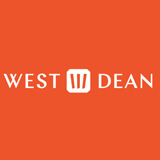


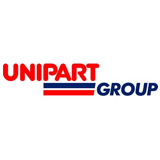



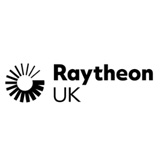

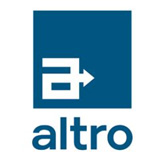
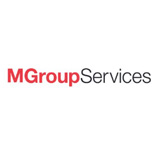
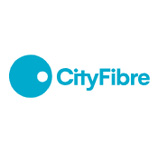
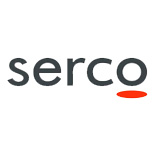

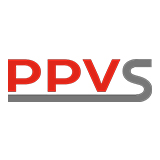

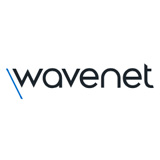
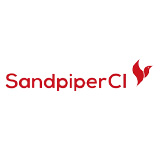
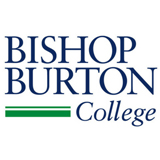
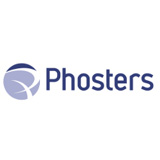
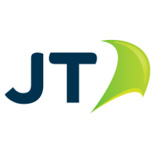
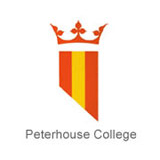
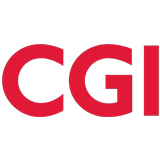
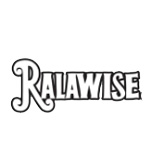

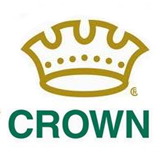
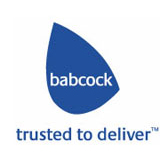


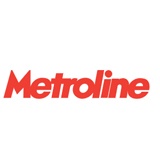
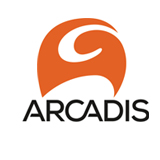
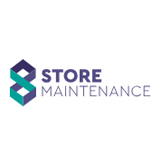
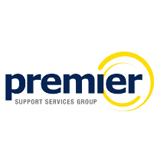


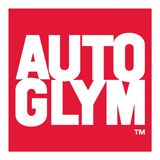

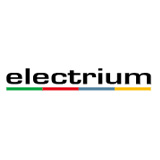
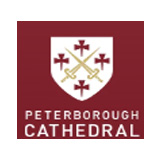
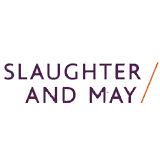


Follow us:
GDPR (Data Privacy)
Disclaimer
COVID-19